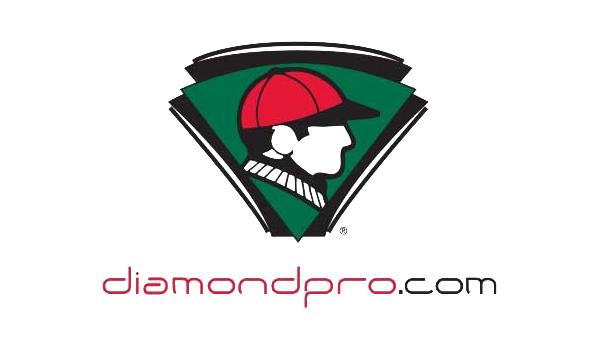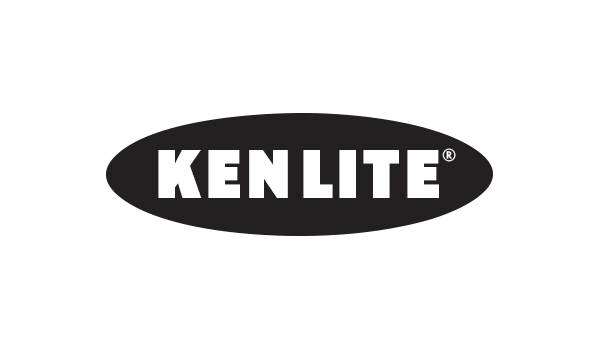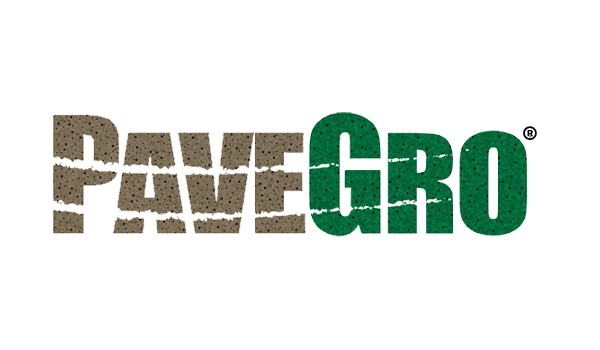The Benefits of Internal Curing with Arcosa Lightweight Aggregates
Internally cured concrete more readily resists early age shrinkage, curling, warping, and cracking by supplying water throughout the concrete mix over time. Internal curing can also increase concrete’s strength and reduce its permeability. These qualities help prolong the concrete’s service life, even when placed in harsh environments.
While internal curing is not necessarily a new concept, there can be confusion about what it is and how concrete producers can achieve mixes that provide water throughout the mixture. By referring to definitions from the American Concrete Institute (ACI) and using online tools, concrete professionals can adjust mixes to help them reach maximum potential.
What is Internal Curing?
Internal curing is the process of curing concrete from the inside out. According to ACI’s 2013 definition, internal curing is “a process by which the hydration of cement continues because of the availability of internal water that is not part of the mixing water.” This definition, outlined in ACI 308.1, highlights that concrete mixes need water in addition to the batch water used during mixing.
To achieve internal curing, producers can replace some of the sand in conventional mixtures with an equal volume of prewetted expanded shale or clay aggregate. This lightweight aggregate stores extra water in its internal pores, releasing it gradually during curing, providing continuous hydration throughout the mix.
What Internal Curing Is Not
It’s also useful to clarify what internal curing is not. Although surface curing occurs alongside internal curing, on its own, it does not facilitate internal curing—even when the concrete is wet cured.
Additionally, there are other curing methods, like those that introduce compounds to slow internal evaporation, which may mimic internal curing but do not meet the standards outlined by ACI. These methods can also alter the performance capabilities of the cured concrete.
How Arcosa Lightweight Aggregate Supports Internal Curing
Prewetted expanded shale and clay aggregates from Arcosa supply additional water throughout the concrete mix. As the concrete cures, it draws water out of the pores, keeping the mix hydrated. This extra hydration minimizes cracking and curling, resulting in less permeable, longer-lasting concrete.
Concrete mixes that incorporate Arcosa Lightweight aggregates for internal curing can also achieve dried weights up to 35 percent lighter than traditional concrete. Known as structural lightweight concrete, this internally cured material provides additional benefits for bridge decks, pavements, high-rises, stadiums, parking garages, and more.
Other Benefits of Arcosa Lightweight Aggregates
Beyond facilitating internal curing, Arcosa Lightweight aggregates also enhance the bond between the aggregate and the cementitious mix both physically and chemically. The irregular surface of the aggregate increases the mechanical adhesion by creating more area for the cement to bond to.
Arcosa’s expanded shale and clay aggregates are also pozzolanic, meaning they improve strength, impermeability, and sulfate resistance, while reducing expansion caused by the alkali-silica reaction. Because the internal water within the aggregates continues to hydrate the mix, the interfacial transition zone (ITZ) improves, further enhancing strength and reducing overall permeability.
Achieving Internal Curing with the Right Tools and Knowledge
Using Arcosa Lightweight aggregates to facilitate internal curing requires planning, teamwork, and a slight adjustment from traditional concrete mixtures. Tools like online calculators can simplify the process and ensure success.
Engineers, contractors, and other building professionals interested in internally cured concrete can reach out to Arcosa Lightweight or the Expanded Shale, Clay, and Slate Institute to learn more about how this material can improve the performance of concrete in their projects.













